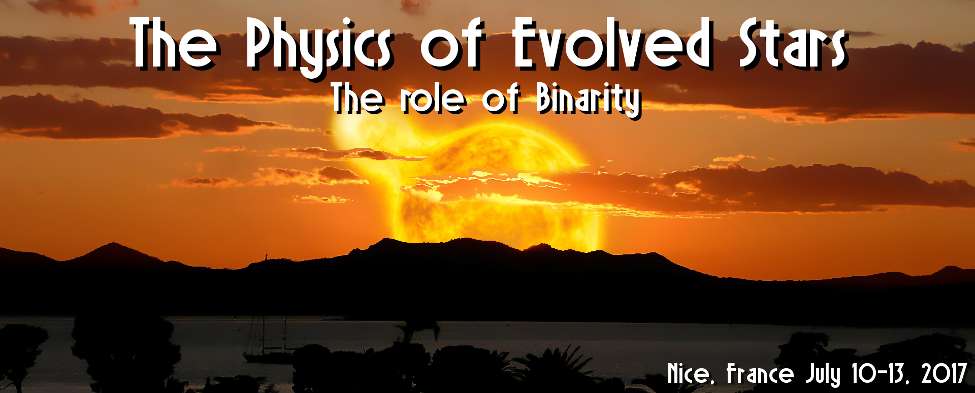The carbon-rich AGB star CW Leo has a high mass-loss rate, is nearby (~130 pc), and is one of the most important chemical laboratories in astronomy. The star has been proposed to have a binary companion which largely impacts the hydrodynamical shaping and chemistry of the circumstellar envelope (CSE). The combined effects of dynamics and chemistry are not well understood. We have obtained a new spectral and imaging survey of CW Leo at cm-wavelengths using the Jansky Very Large Array (VLA). The molecular distribution in the outer CSE is traced in unprecedented detail with a sensitivity of ~1 mJy and a resolution of ~1 arcsec. Numerous transitions of cyanopolyynes and carbon chains are detected which probe the region of UV-photon induced chemistry. Our spatio-kinematical analysis provides a detailed empirical description of this narrow density-enhanced region which consists of shells, arcs, and clumps and clearly shows asymmetries. Our analysis emphasises that the complex morphology greatly affects the photochemical properties of the CSE. This has to be taken into account in future studies to approach a global understanding of CSEs in general.

|
|
|
|
The VLA view on the clumpy molecular shells of CW Leo
1 : Instituut voor Sterrenkunde, KU Leuven
Celestijnenlaan 200D bus 2401, 3001 Leuven (Heverlee) -
Belgium
2 : Astronomical Institute Anton Pannekoek, University of Amsterdam
Science Park 904, 1098 XH Amsterdam -
Netherlands
3 : Harvard-Smithsonian Center for Astrophysics
(CfA)
60 Garden Street, Cambridge, MA -
United States
4 : Max-Planck-Institut fuer Radioastronomie
(MPIfR)
Auf dem Huegel 69, 53121 Bonn -
Germany
5 : National Radio Astronomy Observatory
(NRAO)
* : Corresponding author
Array Operations Center, P.O. Box O, 1003 Lopezville Road, Socorro, NM 87801-0387 -
United States
|
| Online user: 1 | RSS Feed |

|
 PDF version
PDF version